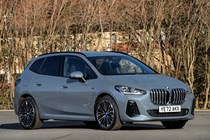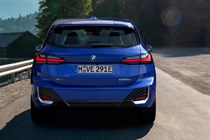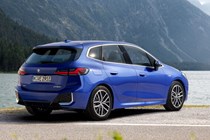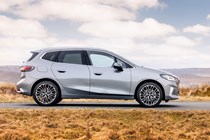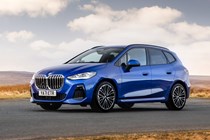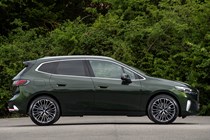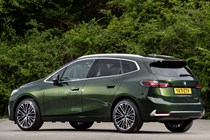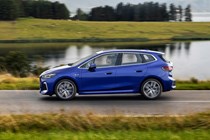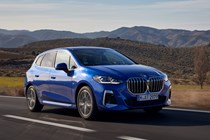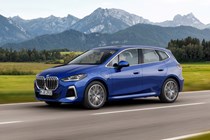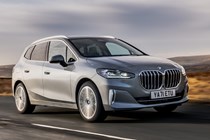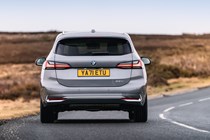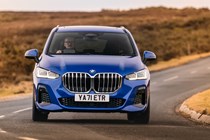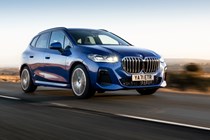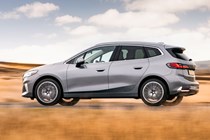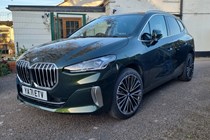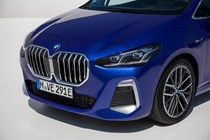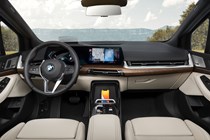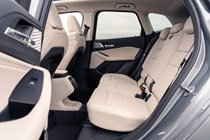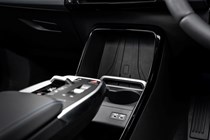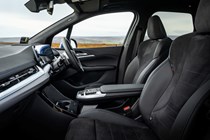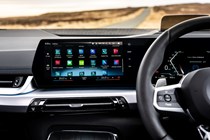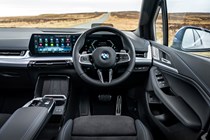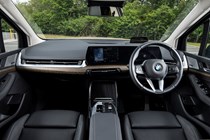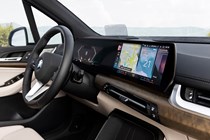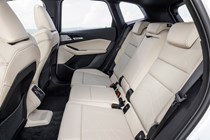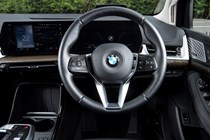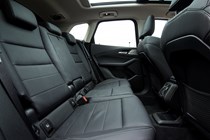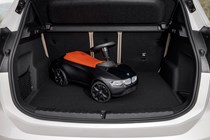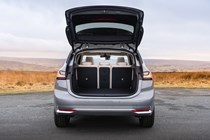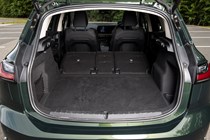
BMW 2-Series Active Tourer engines, drive and performance
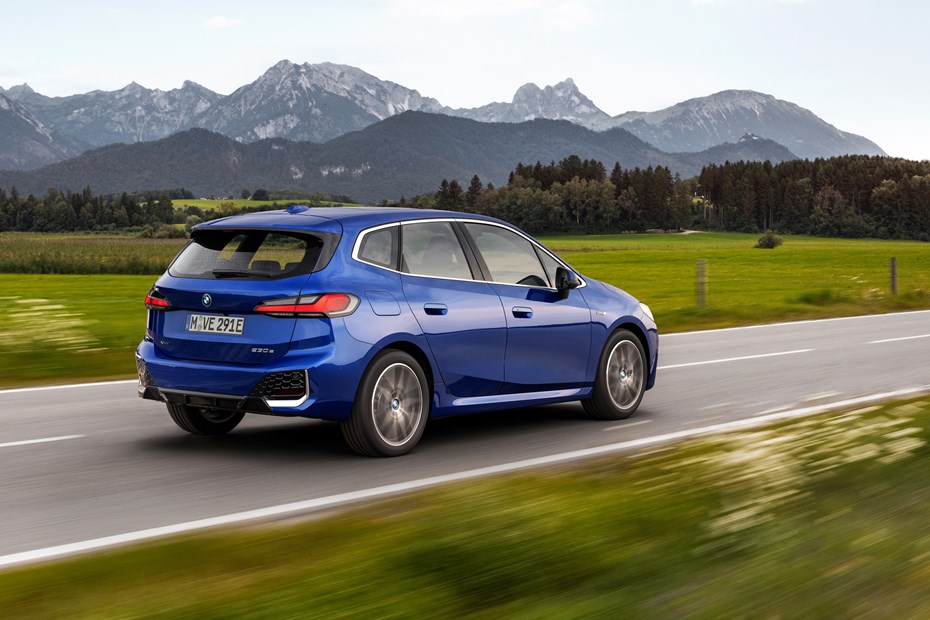
- Five engines on offer
- Two petrol, two PHEVs and one diesel
- No full electric model
Petrol engines
The cheapest petrol engine is the 220i. It’s a three-cylinder with 170hp. 0-62mph is dealt with in a smidge over eight seconds. Just because it’s basic does not mean it’s slow. Even on a steep mountain pass it had enough power for what most people would want. Noise levels are hushed most of the time.
Next up is the 223i. This is a four-cylinder 2.0-litre petrol engine. It feels (and is) quicker than the 220i. Its extra pace and power (218hp, 7.0 second 0-62mph time) is useful if you regularly travel with five people, and it’s ever so slightly smoother and less harsh sounding than the 220i. If you can stretch to it, we’d select the 223i.
Diesel engine
High-mileage drivers will be relieved to see that BMW still offers a diesel. The 218d has an 8.8 second 0-62mph time. We’re yet to try it in the Active Tourer but we’ve sampled it in other BMW products. It’s a sturdy workhorse capable of impressive fuel consumption runs. Bit loud mind you.
Plug-in hybrid engines
The most powerful Active Tourer is the 230e xDrive. Total output is 326hp and it completes the 0-62mph sprint in 5.5 seconds, lightspeed for something like this.
In normal driving it will run on pure electric power (assuming you have some charge) but when you need it to intervene the engine will kick in. It all works nearly seamlessly. Very impressive stuff.
The 225e is noticeably slower (245hp and a 6.7 second 0-62mph time) but is far from pedestrian. It’s usefully cheaper than the 230e while not being all that different to drive.
What’s it like to drive?
Pretty good. We’d go as far as saying it’s the sweetest driving MPV out there and is much more fun and responsive than the Mercedes B-Class.
Bodyroll is kept in check, not such an easy feat for such a tall car. The steering is a touch too light, and you may find yourself taking two stabs at making a tight turn on a mini-roundabout. Sport mode does firm things up should you want a bit more weight, and there’s plenty of grip should you be in a hurry.
At motorway speeds there’s very little in the way of crashes or bumps but at low speed things do get jiggly, especially the M-Sport cars with larger wheels. We suspect a car on the standard 17-inch or 18-inch wheels would do better than the ones we’ve tried fitted with optional 19s, though.
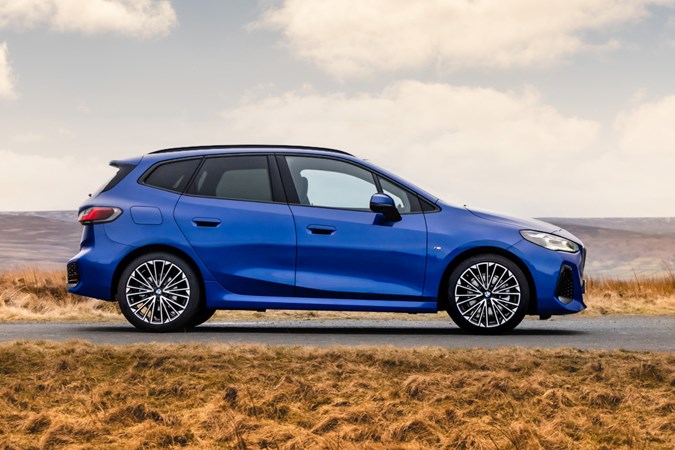
All models get a seven-speed automatic gearbox. It’s a peach when left to its own devices and the shifts are smooth and almost imperceptible when going at normal speeds. Unfortunately it is a bit hesitant from a standstill and sometimes surges when you manoeuvre. You learn to drive around it, but you shouldn’t have to.
Knock the car into Sport mode and the shifts get a bit of a thump with them. Sport mode also dials up the faux sound. In the plug-in hybrid that’s accompanied by a theatrical and futuristic whoosh noise that won’t be to everyone’s liking. Luckily you can turn it off.
Efficiency mode dials things like the throttle response back in order to maximise mpg. Truth be told there’s very little difference between this and the regular mode.


